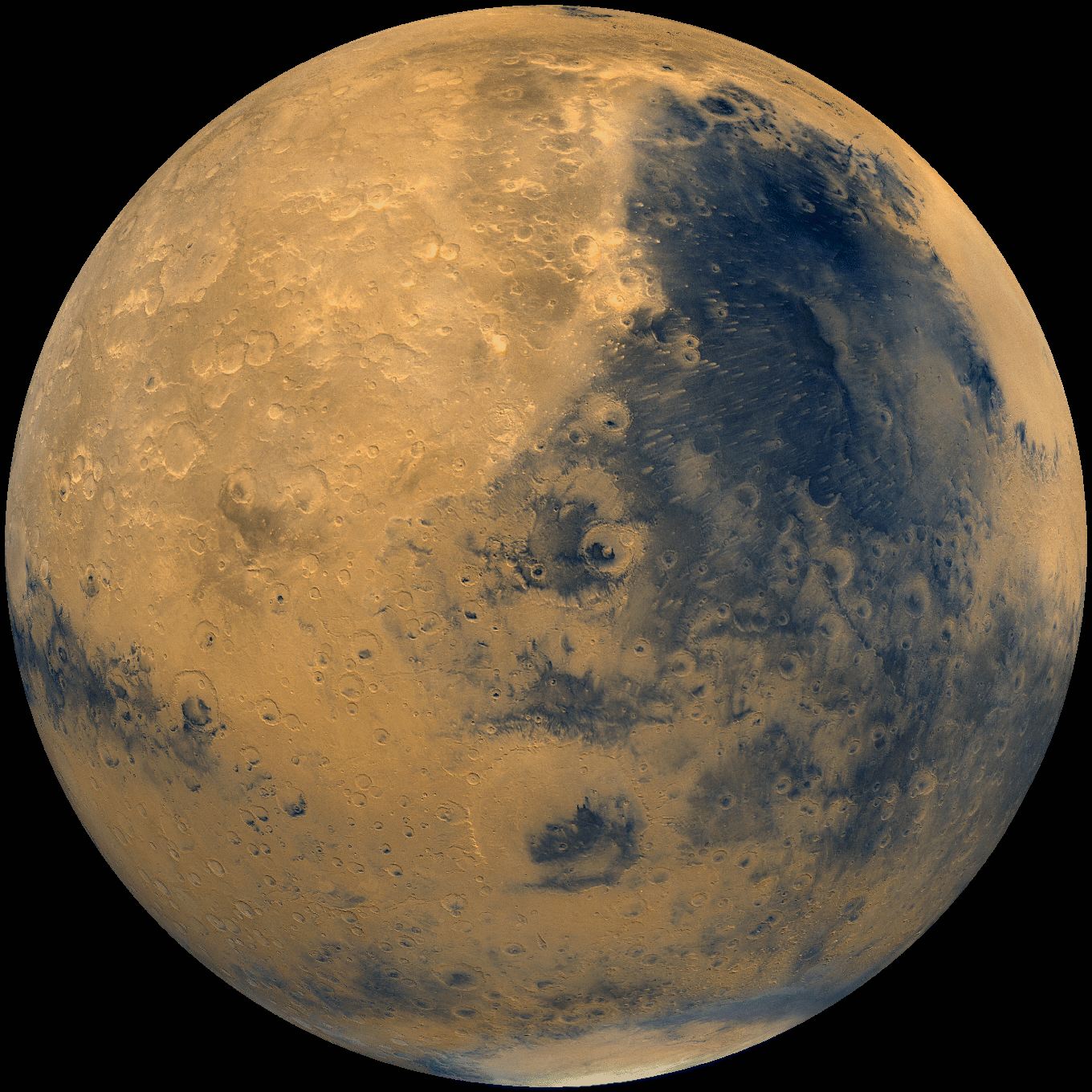
This story was updated at 4:45 p.m. EST.
As the 50th anniversary of his historic spaceflight approaches, former NASA astronaut John Glenn is pushing for manned exploration of Mars and other farflung destinations.
On Feb. 20, 1962, Glenn became the first American to orbit Earth when his Friendship 7 capsule zipped around our planet three times, then splashed down safely in the Atlantic Ocean. Glenn's flight put the United States back on even footing with the Soviet Union, which had launched the first manned orbital flight in April 1961.
The U.S.-Soviet space race in the 1960s got much of the American public excited about space science and exploration. That enthusiasm has since flagged, but sending astronauts to the Red Planet could help rekindle it, Glenn said.
"We're accustomed to the new things and get used to them, and it's hard to get excited about something new," Glenn said today (Feb. 17) during a NASA event commemorating his orbital flight, citing the rapid march of technological innovation as a sort of numbing agent. "I'm sure if we establish bases someplace else, or if we make that flight to Mars, that'll re-galvanize people again." [Photos: John Glenn's Historic Flight]
Going to Mars — and beyond?
NASA put astronauts on the moon in July 1969, just seven years after Glenn's orbital journey. While our species hasn't been beyond low-Earth orbit since NASA's last manned moon mission in 1972, Glenn still envisions an ambitious future for human spaceflight.
Get the Space.com Newsletter
Breaking space news, the latest updates on rocket launches, skywatching events and more!
"I think we'll do more exploration, whether it's asteroid, Mars or wherever," Glenn said. "I think it'll go on beyond Mars sometime — probably not in our lifetime, but sometime."
Also taking part in today's event was Scott Carpenter, like Glenn a member of the Mercury Seven, the first class of astronauts NASA picked back in 1959. Glenn and Carpenter are the last two surviving members of this pioneering group, which includes Alan Shepard, who became the first American in space in May 1961.
Carpenter, who made the nation's second manned orbital spaceflight in May 1962, echoed some of Glenn's sentiments. When asked what he saw as the future of human spaceflight — where we should head next — Carpenter said simply, "Mars."
Mastering low-Earth orbit
Glenn doesn't think we should abandon near-Earth space on a mad rush for Mars. Quite the contrary; he believes humanity needs more experience in low-Earth orbit before undertaking journeys to the Red Planet and other distant destinations.
The $100 billion International Space Station can help us gain that experience, Glenn said, urging the U.S. and other nations to take full advantage of the research potential provided by the orbiting lab.
"That's what fleshes out the exploration as we go on," Glenn said.
Since NASA retired its space shuttle fleet in July 2011, the U.S. has been dependent on Russian Soyuz spaceships to transport its astronauts to and from the station. NASA is encouraging private American spaceflight firms to take over this taxi service, but this won't happen until 2017 at the earliest.
Glenn, a former Democratic senator from Ohio, deplored the decision to ground the shuttle, which was made in 2004 by President George W. Bush's administration.
"I think it's too bad," he said. "I just hope that some of the efforts now to recreate our own transportation system — I hope those come through and don't have a lot of problems, so that they can be man-rated and used."
Regardless of how astronauts reach low-Earth orbit, humanity's activities up there should extend beyond physiological studies that investigate the long-term effects of microgravity and radiation exposure on the human body, Glenn added.
"We haven't done everything we should be doing in low-Earth orbit, as far as I'm concerned," Glenn said. "I think your best way to Mars is assembling the vehicle in low-Earth orbit, and then eventually going out of low-Earth orbit from that."
The U.S. currently has plans to get to humans to Mars. In 2010, President Barack Obama directed NASA to work toward sending astronauts to an asteroid by 2025, then on to Mars by the mid-2030s.
You can follow SPACE.com senior writer Mike Wall on Twitter: @michaeldwall. Follow SPACE.com for the latest in space science and exploration news on Twitter @Spacedotcom and on Facebook.
Join our Space Forums to keep talking space on the latest missions, night sky and more! And if you have a news tip, correction or comment, let us know at: community@space.com.

Michael Wall is a Senior Space Writer with Space.com and joined the team in 2010. He primarily covers exoplanets, spaceflight and military space, but has been known to dabble in the space art beat. His book about the search for alien life, "Out There," was published on Nov. 13, 2018. Before becoming a science writer, Michael worked as a herpetologist and wildlife biologist. He has a Ph.D. in evolutionary biology from the University of Sydney, Australia, a bachelor's degree from the University of Arizona, and a graduate certificate in science writing from the University of California, Santa Cruz. To find out what his latest project is, you can follow Michael on Twitter.









